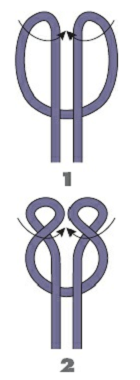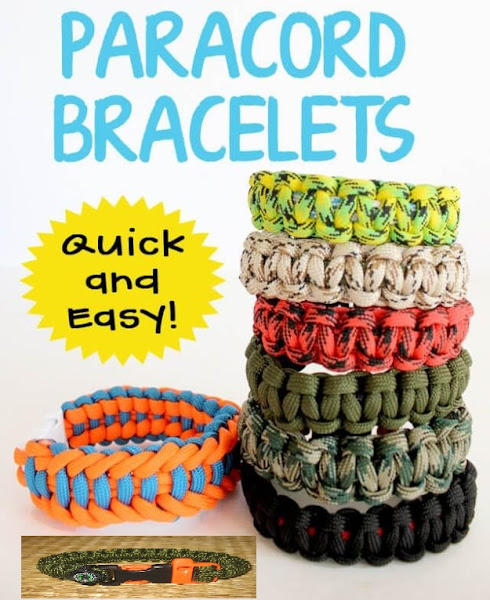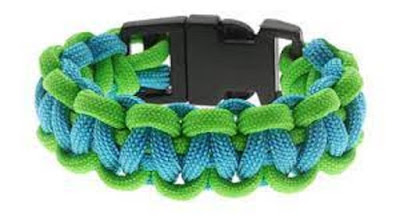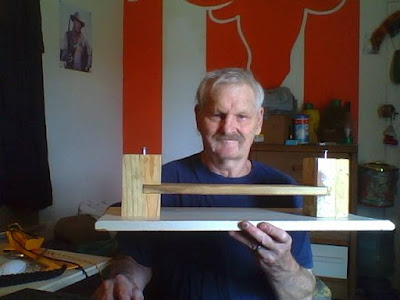General Principles of Knot Tying
Certain general principles govern the tying of all knots and apply to all types of materials. 1. The completed knot must be firm, and so tied that slipping is virtually impossible. The simplest knot for the material is the most desirable. 2. The knot must be as small as possible to prevent an excessive amount of tissue reaction when absorbable materials are used, or to minimize foreign body reaction to nonabsorbable materials. Ends should be cut as short as possible. 3. In tying any knot, friction between strands ("sawing") must be avoided as this can weaken the integrity of the knot. 4. Care should be taken to avoid damage to the material when handling. Avoid the crushing or crimping application of surgical instruments, such as needleholders and forceps, to the strand except when grasping the free end of the weave during an instrument tie. 5. Excessive tension applied by the weaver will cause breaking of the knot and may cut tissue. Practice in avoiding excessive tensio






